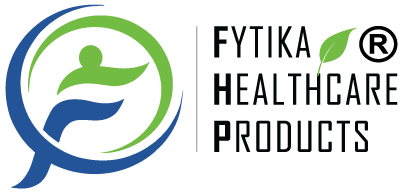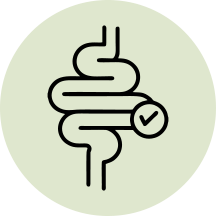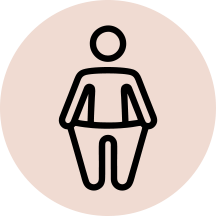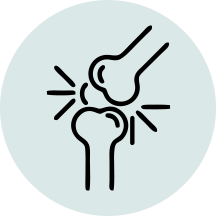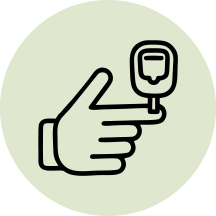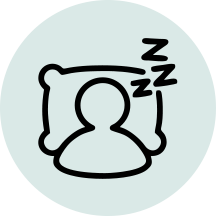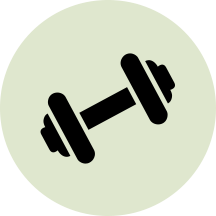Turning 30 is a significant milestone that often comes with new responsibilities and changes in lifestyle. As we age, our body starts showing signs of wear, such as slower metabolism, decreased energy, and less flexibility. Staying active with regular exercise is essential to tackle these health challenges in old age and maintain your vitality.

Here are five practical exercises, along with detailed tips, to help you stay fit, energetic, and youthful.
1. Walking or Brisk Walking

Walking or brisk walking is among the best exercises for overall health, offering a simple yet effective way to improve cardiovascular health, strengthen the lower body, and support weight management. Walking is a moderate-paced activity ideal for beginners, while brisk walking involves a faster pace that elevates the heart rate for better cardiovascular and weight management benefits.
Unlike high-impact workouts, it’s gentle on joints, making it suitable for people of all fitness levels. Regular walking or brisk walking can also boost mental clarity, reduce stress, and promote natural fat burning.

Practical Tip:
- Aim for 30–45 minutes of walking or brisk walking at least 5 days a week.
- Add inclines or stairs to your route to intensify the workout and improve muscle tone.
- Use brisk walking for weight loss by alternating between moderate pace and short speed bursts every 5 minutes. Walking outdoors can also be refreshing, while a treadmill is a great option for busy days.
Habits to Break:
- Avoid sitting for prolonged periods and snacking on unhealthy foods, as both can slow down your metabolism, lead to stiffness, and hinder weight management. Instead, take regular breaks to move and opt for nutritious snacks to complement your walking routine.
2. Bodyweight Exercises

Bodyweight exercises like squats, lunges, and push-ups are excellent for building strength and improving mobility without needing any equipment. These movements also boost metabolism and promote natural fat burning, making them perfect for busy individuals. By focusing on functional strength, these exercises prepare your body for everyday tasks and reduce the risk of injuries.

Practical Tip:
- Start with 10 reps of squats, 10 lunges (each leg), and 5–10 push-ups. Adjust according to your fitness level.
- Gradually increase the repetitions or add variations, such as jumping squats or incline push-ups, to challenge your muscles.
- If you have a desk job, use your breaks to perform a quick set of squats or lunges. This helps you stay active at your workplace and counteracts prolonged sitting.
Habit to Break:
- Avoid sitting for hours at a stretch. Sedentary habits can contribute to stiffness, back pain, and weight gain. Take short movement breaks every 30 minutes to keep your body active.
3. Stretching for Flexibility

Stretching is a simple yet powerful anti-aging exercise that improves your range of motion, enhances posture, and reduces the risk of muscle stiffness. Daily stretching can alleviate discomfort caused by prolonged sitting or standing and is particularly beneficial for those above 30 to maintain joint health and flexibility.

Practical Tip:
- Stretch major muscle groups like hamstrings, shoulders, and lower back for at least 10 minutes daily.
- Hold each stretch for 15–30 seconds, focusing on deep breathing to relax muscles.
- Take quick stretch breaks during your workday to relieve tension and boost productivity.
Habit to Break:
- Avoid staying in one position for long periods. Sitting or standing too long can lead to stiffness and poor posture. Take regular breaks to stretch and stay active.
4. Yoga for Mind and Body Health

Yoga is a holistic practice that benefits both your physical and mental health. In Ayurveda, yoga is considered a holistic practice that balances the mind, body, and spirit, promoting overall health and longevity.
It strengthens muscles, enhances flexibility, and improves mental clarity. Regular yoga practice also reduces stress and promotes better sleep, reminding us why sleep is important for health. Moreover, yoga fosters mindfulness, helping you stay connected to your body’s needs as you age.

Practical Tip:
- Begin with beginner-friendly poses such as Cat-Cow, Downward Dog, Warrior Pose, and Child’s Pose. These poses help build a strong foundation.
- Dedicate 20–30 minutes, 3–4 times a week, to yoga practice. Over time, increase the intensity or try advanced poses like the Tree Pose or Plank Pose.
- Focus on breathing exercises (Pranayama) to relax your mind, reduce stress, and improve oxygen flow throughout your body.
Habit to Break:
- Avoid irregular eating habits after yoga sessions. Skipping meals or indulging in heavy snacks can disrupt your metabolism. Instead, refuel with a light, nutritious meal or smoothie to support your fitness goals.
5. Resistance Band Workouts

Resistance band workouts are excellent for building strength, especially for an aging body. These exercises target specific muscle groups and help maintain muscle tone without putting excessive strain on your joints. Additionally, they’re compact and portable, making them ideal for at-home or travel workouts.

Practical Tip:
- Use a light to medium resistance band and perform exercises like bicep curls, seated rows, and lateral leg lifts.
- Start with 2–3 sets of 10–15 repetitions for each exercise, focusing on controlled movements.
- Combine resistance band training with your regular workouts to add variety and maximize muscle engagement.
Habit to Break:
- Stop thinking resistance training is only for bodybuilders. After 30, muscle loss becomes a concern, and resistance bands are a simple way to combat this and stay strong.
Key to Staying Consistent After 30

Maintaining an active lifestyle after 30 requires effort, but the rewards are immense. To get the most out of these anti-aging exercises, focus on breaking unhealthy habits:
- Avoid skipping meals, as it slows your metabolism and makes weight management harder.
- Prioritize sleep because sleep is important for health and aids recovery.
- Don’t ignore recovery days—your body needs time to repair and grow stronger.
By integrating these practical exercises into your routine and making healthier choices, you can tackle health challenges in old age, keep your body strong, and maintain your youthful energy.
Disclaimer: This article is for informational purposes only and does not replace professional medical advice. Consult a healthcare provider before starting any new exercise routine, especially if you have pre-existing health conditions.
References: National Institute on Aging - Health Challenges as You Age, Mayo Clinic - The Benefits of Brisk Walking, Harvard Health Publishing - Yoga for Healthy Aging, American Council on Exercise - Strength Training After 30, Arthritis Foundation - Stretching for Aging Adults.
